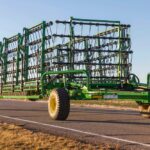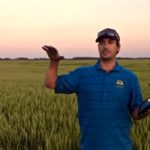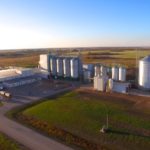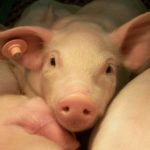Information on how Canadian farmers can avoid penalties and market headaches by following labels and talking to their grain buyers.


Avoid penalties and market headaches by following labels and talking to your grain buyer

Under extremely dry growing conditions, do your best to manage the moisture that’s there

A Manitoba agronomist offers up some tips for farmers on a budget

Regina company reaches OEM agreement for new line

The latest straw chopper technologies offer increased spreader widths, finer cuts, more efficiencies and in-cab controls



